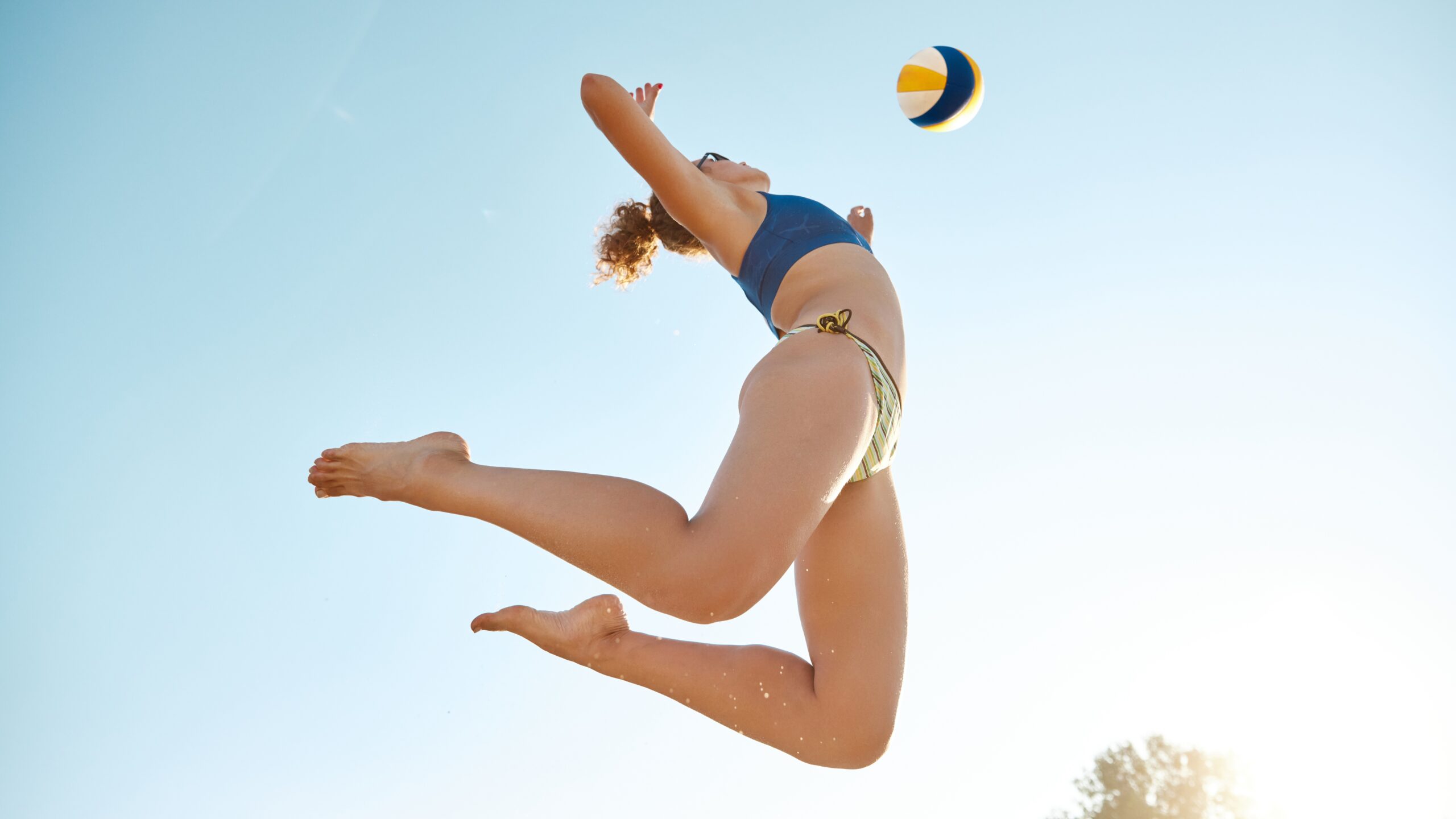One of the perks of being an athlete is that there is no such thing as a bad moment to perform your physical activity of choice. You do not have to rely on favorable conditions of wait for better weather to exercise, which gives you all the freedom in the world to work out anywhere at any time. Some may say that this circumstance leaves no room for excuse not to exercise either – but that is a different story.
As we have concluded, physical activity goes well with any season of the year, even if there is no question that certain periods seem more appropriate for particular sports. In today’s blog we will explore how good an option creatine supplementation is for some of the most popular season-specific sports and how it can help athletes boost their performance.
Enter THE FOUR SEASONS OF CREATINE!
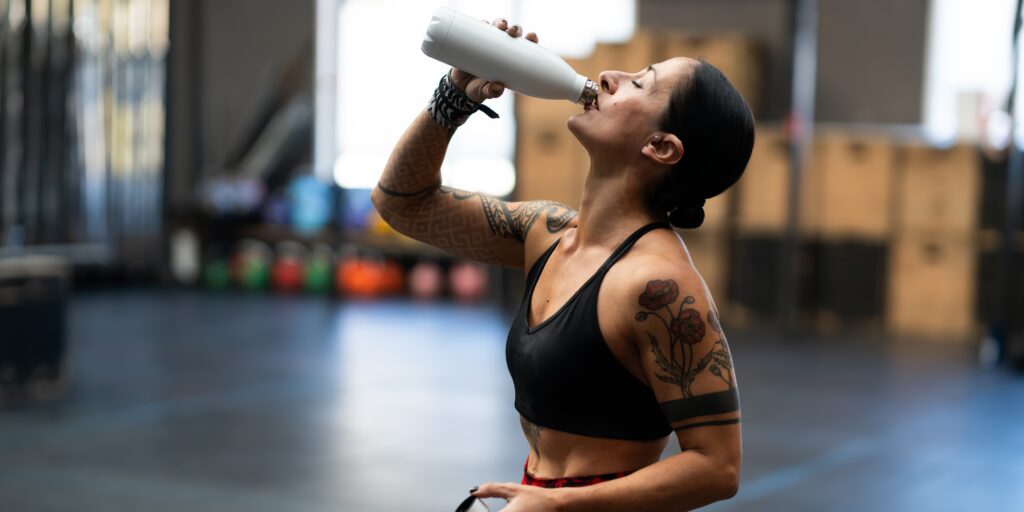
winter season: skiing & snowboarding
Although many sports may be appropriate for different times of the year, nothing says “winter sport” quite like skiing and snowboarding. Being as it is an activity with very specific dynamics, creatine can be helpful in several different ways.
Both skiing and snowboarding require explosive power, especially for quick turns, jumps, and sprints. As part of its main functions, creatine has shown to help the production of ATP (adenosine triphosphate), which fuels short bursts of high-intensity activity. For certain kinds of skiing practices, this can make it easier to generate lift for jumps and execute technical maneuvers.
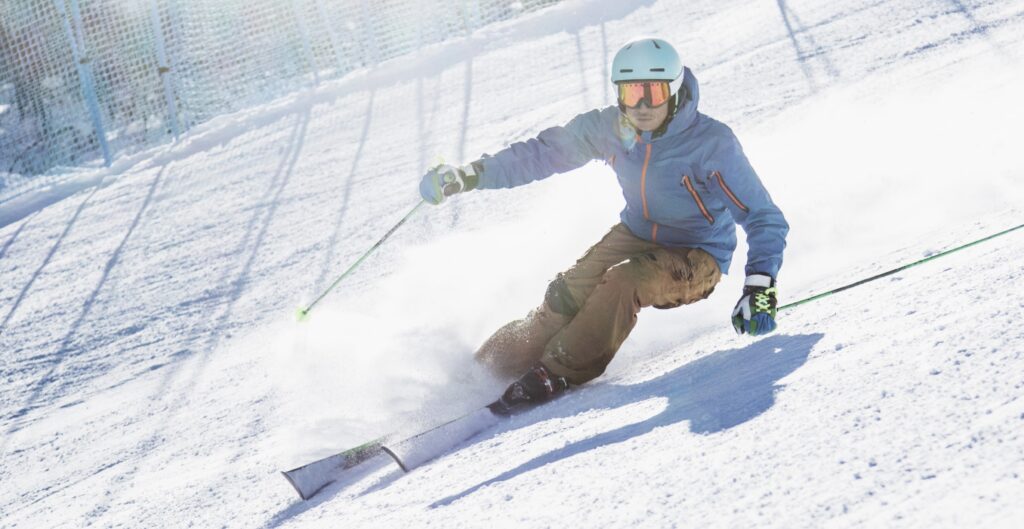
Additionally, both sports also involve anaerobic bursts, so endurance is also crucial. Creatine can help delay muscle fatigue, allowing athletes to keep high performance levels for longer periods of time.
The very nature of skiing puts significant strain on muscles, which may lead to soreness and fatigue. Creatine has proven to aid in muscle recovery, reducing soreness and improving muscle repair between ski sessions. Moreover, creatine draws water into muscle cells, improving hydration and potentially helping with temperature regulation in cold winter environments.
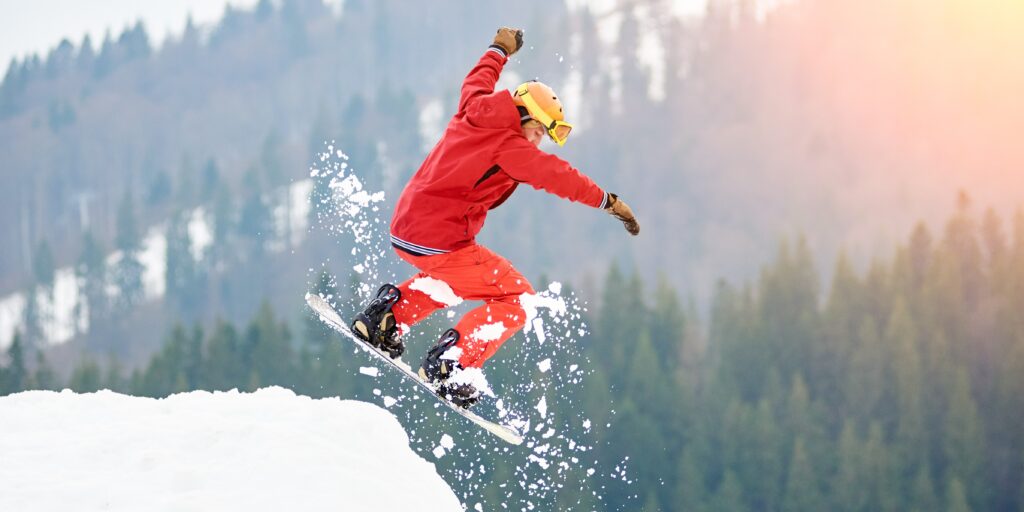
spring season: cycling & bouldering
Spring brings a whole new set of possibilities for athletic activities thanks to warmer temperatures and softer weather. Just a few examples of outdoor sports include hiking, biking and bouldering – let’s focus on these last two for now.
Research has shown that creatine can help cyclists by improving a single maximal sprint effort. These short bursts of energy are a key part of competitive cycling and can really benefit from the direct effects of creatine. Creatine also helps increase muscle glycogen, which is handy when you’re going the distance in a long ride.
Overall, it seems optimal to take creatine supplements, especially during offseason training to boost muscle mass and strength, and for the benefits associated with replenishing ATP.
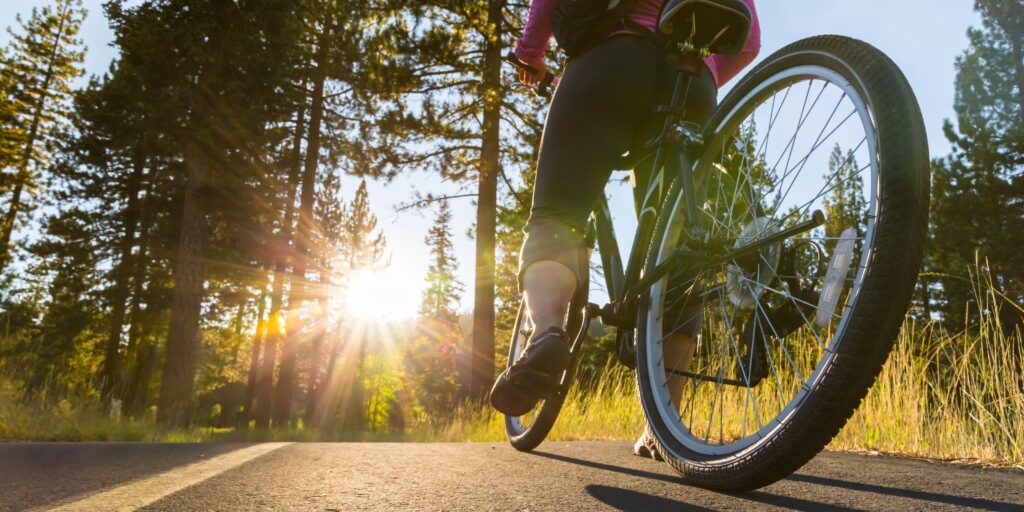
Regarding bouldering, which is at an all-time-high in popularity, it’s an activity that requires explosive strength for dynamic moves like dynos and deadpoints. Creatine’s role in regenerating ATP allows for more powerful moves. Moreover, since creatine is particularly efficient for short bursts of effort (5–10 seconds), it can help you squeeze out an extra few moves before failing.
Also, creatine reduces muscle fatigue and speeds up recovery between burns, which is crucial for session longevity and energy management. Furthermore, creatine can promote cellular hydration, benefitting climbers by improving muscle function without negatively impacting flexibility or range of motion.
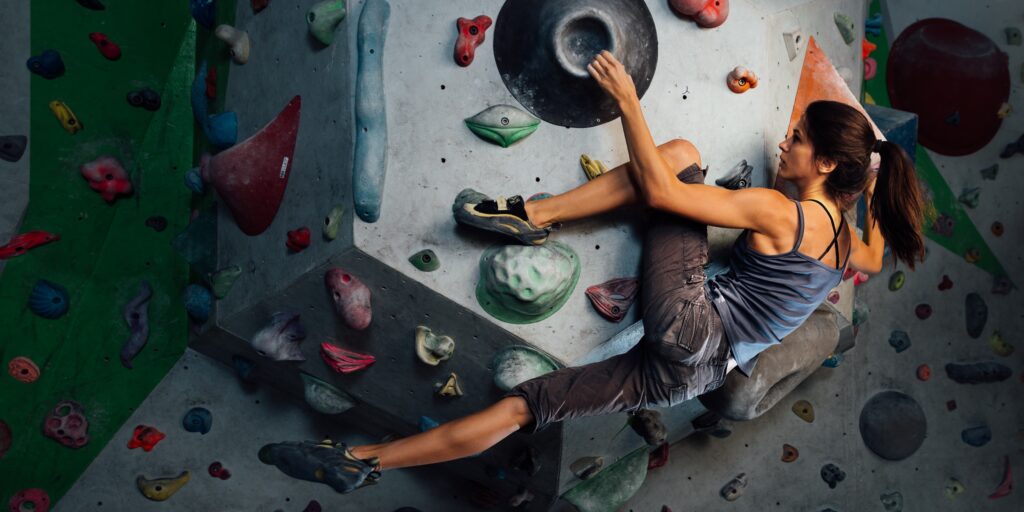
summer season: swimming
When summer season arrives, our natural instincts are to fight its high temperatures – while being able to keep working out, of course. Swimming may be the best available option for any casual or professional athlete so let’s see how much creatine can help swimmers, since several studies on the effects of creatine supplementation on swimming performance have yielded consistent results.
One study had swimmers do a 50-yard all-out sprint and then another 8×50 all-out sprint test before and after they took the supplement. After taking it, the group did better in the repeated sprint set. An additional study involved a speed test where they swam 6x50m interval sets and then measured how fast they could go over 30 seconds. Again, they found that creatine users displayed faster results.
Another piece of research on 16 female swimmers showed that after 21 days of taking 20g of creatine a day, their swimming efficiency got better. And despite the side effect of bloating commonly associated with creatine, there were no differences in body weight between the creatine and the control group.
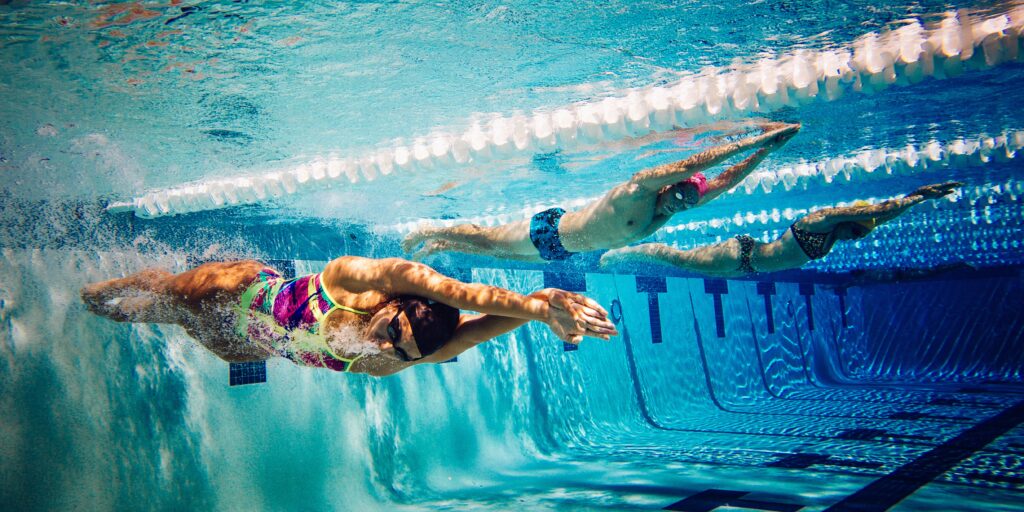
autumn season: hiking & running
Finally, our last season of the year involves chill temperatures and a chance of rain, along with beautiful fall landscapes. It may be a perfect moment for hiking and for running – and to see what benefits creatine has in store for us.
Scientific research has demonstrated that creatine supplementation increases lean tissue mass, type II fiber area, insulin-like growth factor-1, muscular strength, muscular endurance, and power output. The enhancement in strength and power that results from creatine supplementation can offer significant benefits for runners.
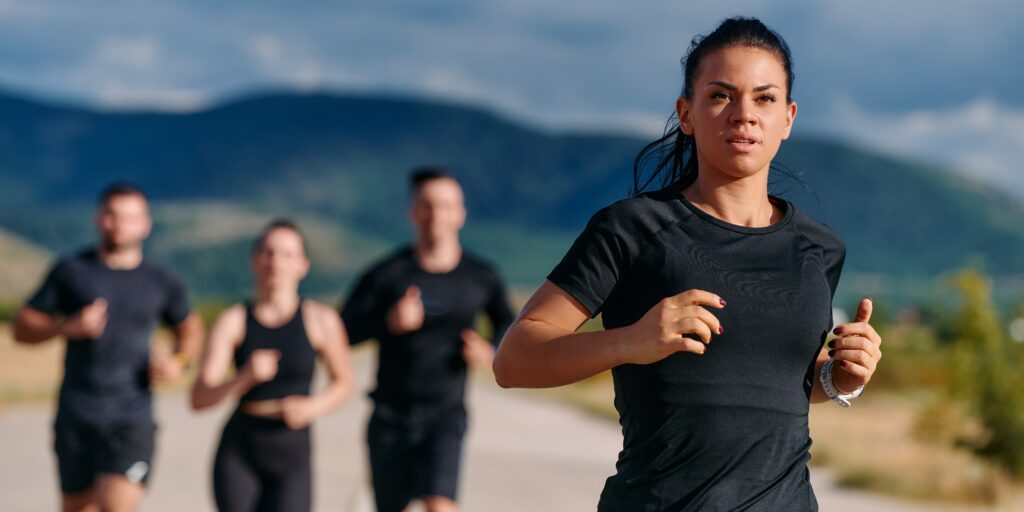
In addition, in case you want to extend your running or hiking sessions, creatine supplementation provides benefits in facilitating recovery, as studies have demonstrated its capacity to enhance glycogen synthesis.
Other scientific studies have proven that recovery times between short bouts of intense exercise are shortened by the effects that creatine has on the mitigation of muscle damage. Furthermore, the increased oxygen requirement of a long-distance run leads to muscle fatigue, a condition that creatine has been shown to alleviate.
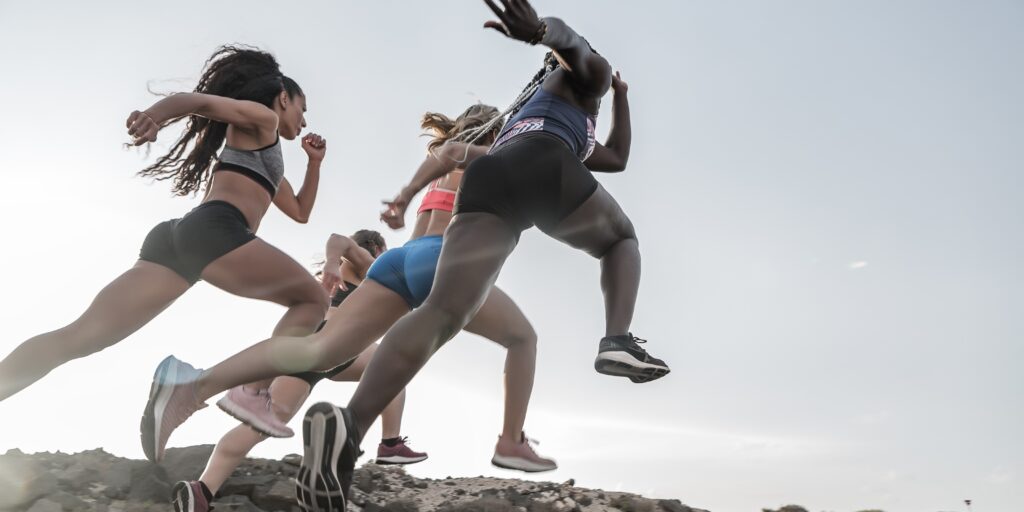
conclusions
This is it for the four seasons of creatine! As anyone can see, the perks of creatine supplementation can be consistently tested any time of the year, regardless of the nature of our sport of choice. Through the analysis of different physical activities and sports associated with the four seasons of the year – such as running, bouldering, swimming, or skiing – the evidence leaves little to no room for question about the excellent properties of creatine regarding its positive effects on them.
There are different formulas in which creatine can be found. However, we would recommend one which contains both creatine monohydrate and phosphocreatine — about which you can learn more in this article.
The exclusive formula of Clonapure® is unique in its capacity to provide immediate energy to the muscles, thereby enhancing overall performance and reducing recovery time. The manufacturing of Clonapure® takes place in a GMP facility, and its purity and quality are verified through continuous testing (HPLC). Do you want to give Clonapure® a go? This is the right place!





